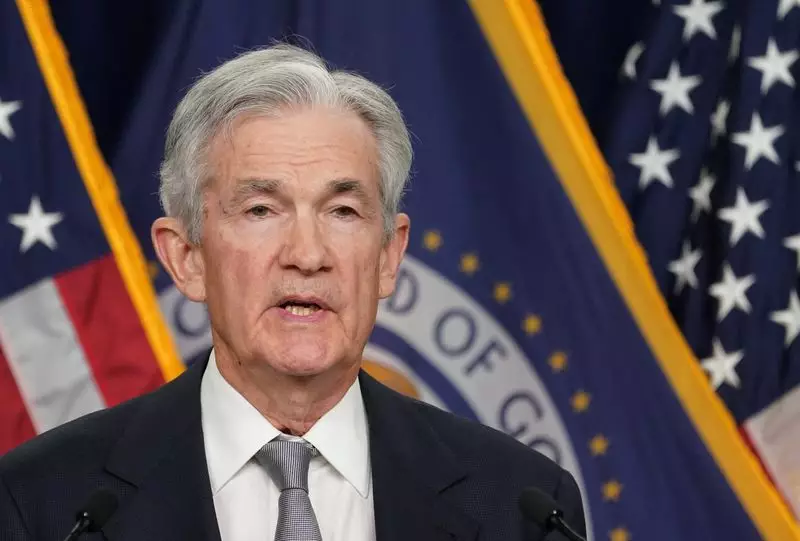As upcoming economic data looms on the horizon, Federal Reserve Chairman Jerome Powell finds himself in a precarious position. While there may be temporary relief in some data points, the overall trend of sticky inflation and above-trend growth is undeniable. The recent slew of economic indicators since the beginning of the year has not been favorable to Powell’s view that current interest rates are restrictive enough to control growth and inflation. Despite his belief that time is needed for these rates to take effect, the reality of the situation may prove otherwise.
The dilemma facing the Federal Reserve is whether to stick to its easing bias or acknowledge the need for a possible rate hike in the near future. The current stance taken by Powell leans towards the former, with an emphasis on patience and allowing current policies to work their magic. However, the data suggests that the economy may need a different approach. The belief that rates are restrictive when they are actually accommodative could be a misstep that works against the Fed’s goals.
Time plays a crucial role in economic policy, especially when it comes to controlling growth and inflation. If policy measures are not restrictive enough, time can work against the desired outcomes. While Powell remains committed to the belief that current policies will eventually bring inflation back to the 2% target, the reality on the ground may prove otherwise. The balance between policy measures and economic outcomes is delicate, and any misjudgment could have far-reaching consequences.
Despite the challenges posed by the current economic landscape, there is a potential way for the Federal Reserve to navigate these turbulent waters. One possible solution could be to raise the inflation target to 3%, allowing for a more accommodating stance while still pursuing the goal of controlling inflation. However, Powell seems reluctant to entertain the idea of such a move, which could complicate matters further. In the absence of a higher inflation target, the Fed may have to consider rate hikes instead of cuts in the near future.
As economic data continues to unfold, the Federal Reserve faces tough decisions regarding interest rates, inflation, and growth. The coming months will be crucial in determining the path forward for the central bank and how it plans to navigate the challenges ahead. While there may be short-term comfort in certain data points, the underlying trend of sticky inflation and above-trend growth will likely prevail, forcing the Fed to reconsider its easing bias. Ultimately, the decisions made by the Federal Reserve in the coming months will have a lasting impact on the economy and financial markets.

